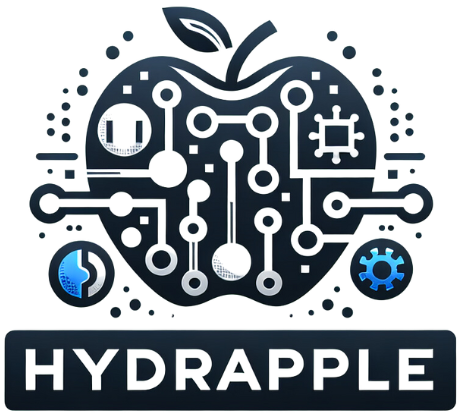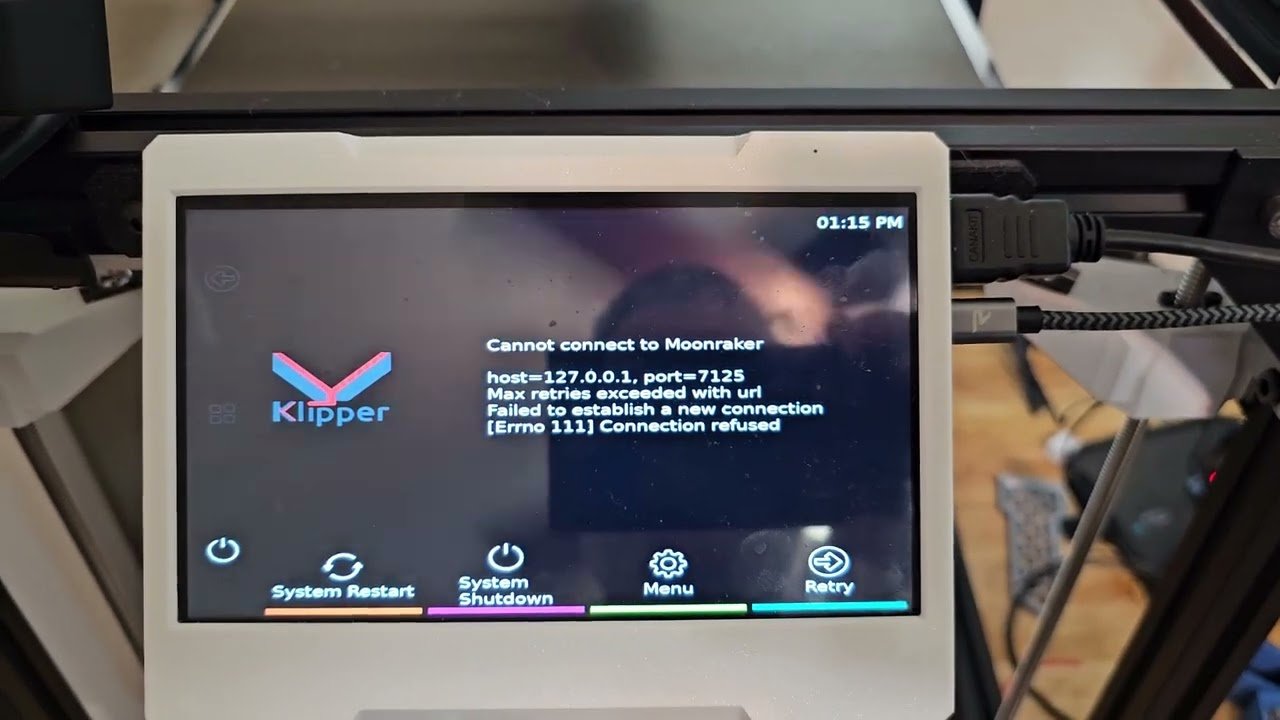The world of three-D printing is fascinating and immensely profitable. However, even the most tech-savvy hobbyists encounter occasional roadblocks. One common problem that could halt your development is the Klipper Screen Moonraker [errno 111] Connection Refused blunders. If you’ve experienced this mistake, don’t worry—you’re not by myself, and there are actionable steps to clear it up.
The objective of this manual is to demystify this mistake and offer sensible answers tailor-made for three-D printing fanatics. By the quit, you’ll apprehend what causes this mistake, how to troubleshoot it effectively, and—most importantly—how to ensure smooth sailing in your future 3-D printing tasks.
What Is the Klipper Screen Moonraker [errno 111] Connection Refused Error?
If you use Klipper firmware with a Moonraker internet interface, this mistake can suddenly occur. The notorious [errno 111] Connection Refused errors suggest the Klipper Screen cannot establish a connection with Moonraker. Moonraker acts as a bridge between the printer and Klipper’s net interface, and a lost connection means your system will not function as intended.
Common Causes of the Error
Here are some common culprits at the back of this pesky difficulty:
Misconfigured Network Connections
If your gadgets have a vulnerable or unstable community connection, Moonraker may not communicate with the Klipper Screen.
Service Disruption
Moonraker may not be strolling or on hand on the device hosting it.
Firewall Settings
Firewalls or security settings blocking Moonraker’s port can prevent the relationship.
Incorrect Configuration Files
Errors or typos in configuration files—including the `moonraker.Conf` report—can create conversation problems.
Software Compatibility Problems
Outdated variations of Klipper, Moonraker, or the host operating system may also cause incompatibilities.
Now that we understand some ability reasons, permit’s dig into specific troubleshooting steps!
How to Address the Klipper Screen Moonraker [errno 111] Connection Refused Error
Step 1: Verify the Moonraker Service Status
Moonraker must be jogging at the host gadget to your Connection to paintings. Here’s how to make sure that:
- Open your terminal on the host system.
- Run the command:
“`bash
sudo systemctl reputation moonraker
“`
- If Moonraker isn’t lively, begin it with:
“`bash
sudo systemctl start moonraker
“`
- Confirm the service is online.
Step 2: Check Configuration Files
Typos or mistakes in configuration documents can lead to a failed connection. Verify the subsequent documents:
- Moonraker.Conf: Ensure the IP deal with and port are effectively configured.
- Printer.Cfg: Double-test paths for compatibility with Moonraker.
Look for not unusual errors, such as mismatched IP addresses or incorrect port numbers (the default Moonraker port is usually 7125).
Step 3: Test Network Connectivity
- Ensure the Klipper Screen tool and Moonraker host are related to the same community.
- Using the host system from the Klipper Screen tool to test connectivity:
“`bash
ping [host_machine_ip]
“`
- If pings fail, test your router settings and ensure each device is on the same subnet.
Step four: Inspect Firewall Settings
Verify if a firewall blocks Moonraker. Run the subsequent command to check open ports:
“`bash
sudo of popularity
“`
If the Moonraker port is blocked, open it with:
“`bash
sudo ufw permit 7125
“`
Step 5: Update Software
Ensure each Klipper and Moonraker is jogging the modern variations. To replace:
- Klipper: Follow the replacement instructions on the Klipper GitHub repository.
- Moonraker: Update the use of:
“`bash
cd ~/moonraker
git pull
./scripts/updates/replace-moonraker.Sh
“`
Step 6: Restart Everything
When in doubt, reboot. Restart your host gadget and Klipper Screen to ensure that configurations are loaded well.
By following those steps, most users can correct the Klipper Screen Moonraker [errno 111] Connection Refused error!
Why Fixing This Error Matters
For 3-D printing lovers, the reliability of your setup is essential. Any interruption due to a continual error like this will jeopardize projects requiring precision and time. Here’s how resolving this trouble affects your workflow:
- Minimized Downtime: Keeping Moonraker well-related guarantees uninterrupted printing sessions.
- Improved Workflow: A functional Klipper Screen creates a seamless interface for dealing with your tasks.
- Better Results: A stable connection lets you focus on optimizing print fines and no longer troubleshooting errors.
Real-World Example
Imagine you’re printing parts for a time-sensitive assignment, and midway through, the mistake strikes. Your task will be delayed without a brief answer, and you will have to lose substances. Tackling the issue early avoids those complications and ensures your productivity stays in the right direction.
Insights from the 3-D Printing Community
The 3D printing hobbyist network is a treasure trove of recommendations and answers. Here are some tried-and-tested recommendations from fellow lovers:
- Backup Your Configurations: Before changing files like `moonraker.Conf`, constantly shop a backup replica.
- Document Your Steps: Keep a log of the configurations and troubleshooting steps you’ve taken—it’ll save you time in the future.
- Engage in Online Forums: Communities like Reddit’s r/3Dprinting and Klipper Discord servers have active contributors keen to percentage their answers.
One user from a popular 3-D printing discussion board shared this gem of recommendation:
“Every time I update Klipper or Moonraker, I run a quick test print to ensure the whole lot’s operating. It’s better to capture troubles early than mid-task!”
Share Your Experience
The Klipper Screen Moonraker error can be irritating, but it’s solvable! You can minimize disruptions in your three-D printing adventures by thoroughly trying out and using the solutions above.
If you’ve battled with (and conquered) this mistake, we encourage you to share your insights with the network. Your experience may want to provide helpful help to others! If you encounter further demanding situations, don’t hesitate to contact forums or explore extra resources—it’s all part of the getting-to-know process that makes 3-D printing worthwhile.

